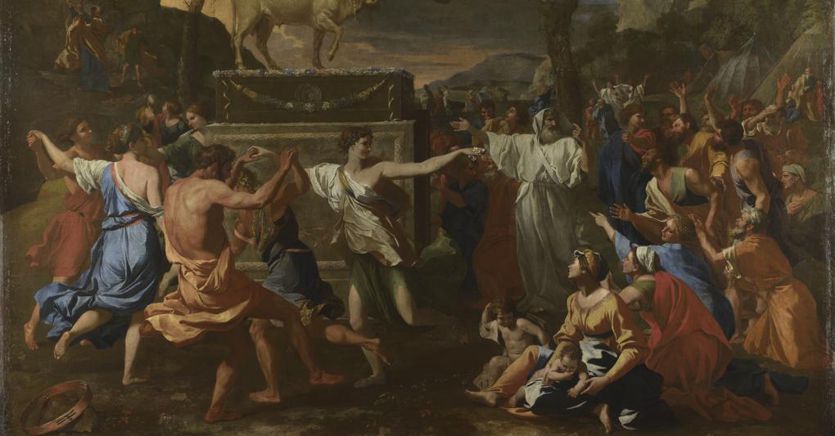There is always something to discover, even in a famous artist like Nicolas Poussin. The father of the French classical school has always been considered an austere, rigorous, disciplined and perhaps even a little cold intellectual. The National Gallery in a new, illuminating exhibition discovers the playful side of Poussin.
Roma
“Poussin and the Dance” illustrates the young artist’s interest in the movement of human bodies, the dynamism of dance and the iconography of the composition. His paintings capture a moment of dance on canvas, but they want to be eternal, with the solidity and three-dimensionality of a timeless sculpture. The French artist admired classical sculptures more than anything and when in 1624 he finally made it to Rome, a city he considered to be heaven on earth, he studied Roman sculptures intensely to reproduce their proportions.
Poussin had set himself the challenge of reaching the level of the greats of the past who represented perfection for him. Immersing himself in the world of antiquity, he wanted to reproduce this perfection on canvas, create the transition between sculpture and painting.This is why, as the exhibition explains, he used wax figures for his paintings, which after modeling he could arrange in compositions to observe and drawing from every angle, exploring their forms and perfecting the poses to make the best movement. The best realization of this painting in three dimensions was precisely in the representation of dance, the supreme expression of the potential of the human body. Paintings such as the “Bacchanal”, “The adoration of the golden calf” or the “Triumph of Pan” are choreographed with the perfection of a ballet, with the fluid and musical movement of the dancing figures.
As the icing on an already very rich cake are also on display monumental vases from the first century BC, on loan from the Louvre and the Archaeological Museum of Naples, which show the bas-reliefs of nymphs, satyrs and dancing maenads that had inspired Poussin.

“The dance to the music of the time”
The final room of the exhibition is dedicated to a single masterpiece: “The dance to the music of time”, which the Wallace Collection has loaned for the first time in its history. The four female figures dancing in a circle represent the four seasons but also poverty, work, wealth and pleasure, transitory stages of life, the perpetual cycle of the human condition. Time accompanies their eternal dance with the lyre, while the hourglass indicates the inevitable end: certain death as soon as the music stops playing.This enigmatic and rhythmic composition, completed in 1636, marks the artistic culmination of Poussin’s Roman period. then, called by King Louis XIII to be a court painter, he was forced to leave the Eternal City. The painting is the perfect end to this exhibition which is a revelation. Eugène Delacroix, who called Poussin “one of the greatest innovators”, was right.
